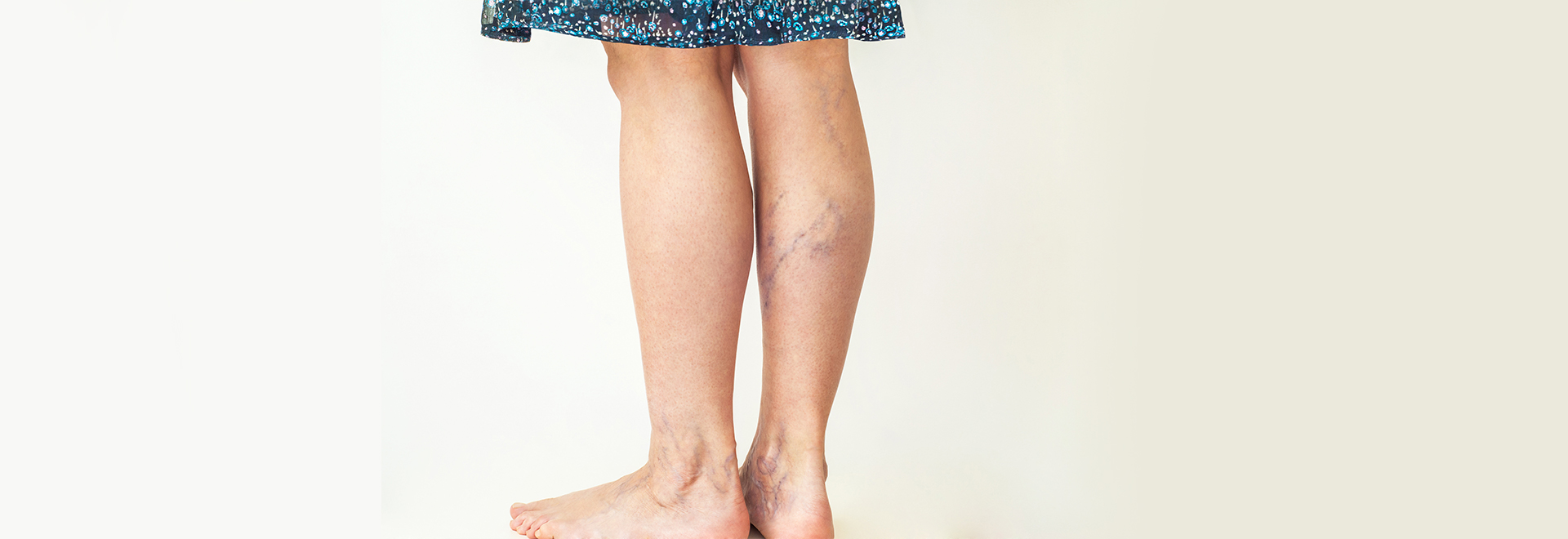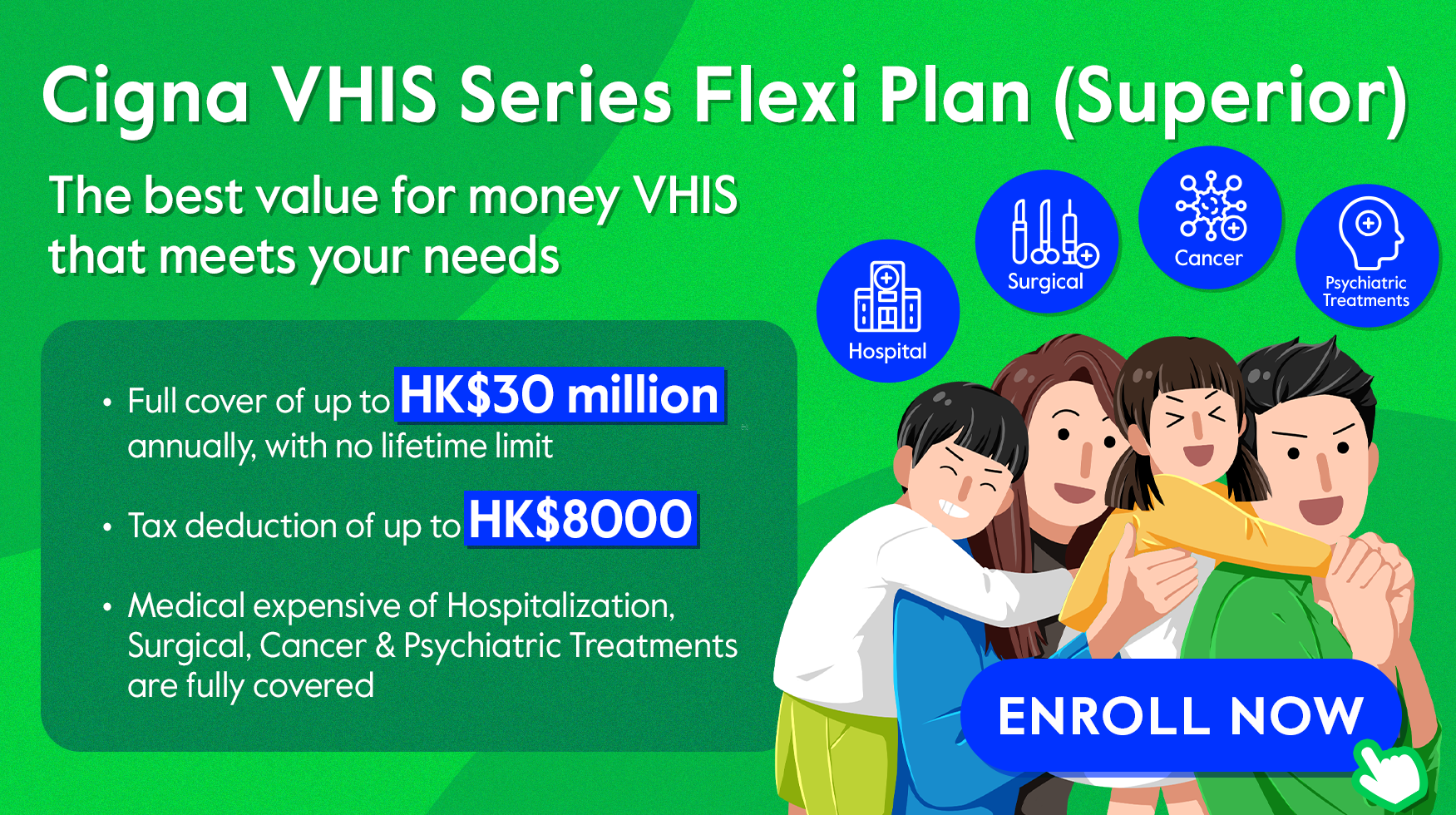In our urban city lives, many either sit all day or stand through their 8-hour shifts up to 6 days a week. After a long working day and the subsequent shower, some purple veins are found sprouting on exhausted legs. If it is treated properly, it may develop into varicose veins. Let’s learn more about varicose veins: what it is, how serious it can be, when medical interventions are needed and how much it costs.
What are Varicose Veins?
Varicose veins, also known as varicose or varicosities, occur when veins are enlarged, dilated, and overfilled with blood. Most varicose veins are visibly swollen and raised, and have a bluish-purple or red colour. Not all varicose veins are painful, although they often are.
What Causes Varicose Veins?
Varicose veins occur when veins do not function properly. Veins have one-way valves that block blood from flowing backwards. When these valves fail to work, blood begins to cluster in the veins instead of circulating back to the heart. The veins thus swell, enlarge.
Though any superficial vein may become varicosed, the veins most commonly affected are those in the legs because standing and walking increase the pressure in the veins of the lower body. Also, they are the veins that are the farthest from the heart, and gravity makes it harder for the blood to flow upward.
Many factors can lead to varicose veins. The most common causes of varicose veins are:
- Continuously standing for long periods of time - Blood does not circulate well when the body remains in the same position for a long period. Those who work in the service industry are most inclined to have varicose veins.
- Ageing causes wear and tear on the valves in the veins that help regulate blood flow; the valves do not function as well as they did.
- Pregnancy - During pregnancy, the volume of blood in the body increases in order to support the growing fetus, resulting in enlarged veins in the legs. Hormonal changes during pregnancy may also be a contributing factor.
- Hormonal changes during pregnancy or menopause might be a factor. Hormone treatments, such as contraceptive pills, might increase the risk of varicose veins.
- Family history - People who have family members that had varicose veins are more prone to the same disease.
- Being overweight increases the pressure on veins, especially those on the lower body. Increased pressure on veins can also occur on those who sit all day due to lack of physical activity.
Symptoms of Varicose Veins
Signs of varicose veins include:
- Veins that are dark purple or blue in colour
- Misshapen veins that appear twisted and bulging
When painful signs and symptoms occur, they may include:
- Enlarged veins
- An achy or heavy feeling
- Burning, throbbing, muscle cramping and swelling
- Itching
- Skin discoloration around veins
- In severe cases, the veins may bleed significantly, and ulcers may form.
Spider veins are similar to varicose veins but smaller. Spider veins are formed closer to the skin's surface and they are often red or blue in colour.
Like varicose veins, spider veins most commonly occur on the legs, but can also be found on the face. Spider veins vary in size but usually look like a spider's web.
Varicose Veins Treatments
Wearing compression stockings all day is often the first approach. They help veins and leg muscles move blood more efficiently by steadily squeezing the legs.
If the conditions do not improve or the conditions are more severe, the following medical treatments may be suggested depending on the results of the diagnosis, with the cost listed by Gleneagles Hospital:
|
Package Options and Description |
Total Package Cost (HKD) |
Procedures |
|
Trendelenburg Stripping & Avulsion of Varicose Veins |
60,580 (Unilateral) 82,380 (Bilateral) |
Several incisions are made in the skin through which the varicose vein(s) are removed. |
|
Varicose Veins RF Ablation |
56,100 (Unilateral) 81,800 (Bilateral) |
A minimally invasive treatment that uses radiofrequency energy to damage the wall inside a vein by heat. This can close off the varicose vein(s) in the leg. |
|
Varicose Veins Endovenous Laser |
61,200 (Unilateral) 85,400 (Bilateral) |
A highly focused beam of light. generates heat to damage a vein, making scar tissue form. |
*Information captured on 24 Nov 2021.
How to Prevent Varicose Veins
Varicose veins occur when blood does not circulate back to the heart; improving circulation is the best way to prevent them from occurring and worsening. Some activities and changes in lifestyle can be adopted, including:
- Exercise regularly
- Beware of overweight
- Have a high-fiber, low-salt diet
- Avoid high heels and tight hosiery
- Elevate your legs
- Do not maintain the same position for too long; change the sitting or standing position frequently
These simple steps are effective in preventing and alleviating the symptoms of varicose veins. Do not hesitate to seek medical advice when self-care methods do not work or when veins become painful.
No matter which varicose veins treatments you choose, we have got your covered. Cigna VHIS Flexi Plan (Superior) cover day sugeries performed in both hospitals and clinics without minmum length of stay. All medical expenses are full covered. No need to worry about future medical expenses! Click here to learn more!


